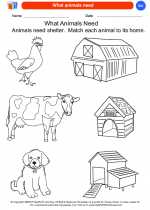Volcanic Activity
Volcanic activity refers to the processes and phenomena associated with the eruption of molten rock, ash, and gases from the Earth's crust. This natural phenomenon occurs at various locations around the world and can have significant impacts on the environment, landscape, and human populations.
Types of Volcanic Activity
There are several types of volcanic activity, including:
- Effusive Eruptions: These are characterized by the relatively gentle outpouring of lava onto the Earth's surface. The lava flows slowly and can travel long distances, creating new landforms.
- Explosive Eruptions: These eruptions involve the sudden release of gas and magma, leading to the ejection of ash, rock fragments, and volcanic bombs into the atmosphere. This type of eruption can be highly destructive and pose significant hazards to nearby communities.
- Phreatic Eruptions: Also known as steam-driven eruptions, these occur when groundwater comes into contact with hot rock or magma, resulting in the rapid generation of steam and the ejection of ash and other materials.
Causes of Volcanic Activity
Volcanic activity is primarily driven by processes occurring within the Earth's mantle and crust. The main causes include:
- Plate Tectonics: The movement of tectonic plates can result in the formation of volcanic hotspots, subduction zones, and rift zones, where magma can rise to the surface and erupt.
- Magma Chamber Pressure: As magma accumulates in underground chambers, the pressure can build up, eventually leading to eruptions when the pressure exceeds the strength of the surrounding rock.
- Volcanic Gases: The release of gases such as water vapor, carbon dioxide, and sulfur dioxide from magma can contribute to volcanic activity and influence eruption dynamics.
Study Guide
Here are some key points to remember when studying volcanic activity:
- Describe the different types of volcanic eruptions and their characteristics.
- Explain the role of plate tectonics in the formation of volcanoes.
- Discuss the impact of volcanic activity on the environment and human societies.
- Identify the primary gases released during volcanic eruptions and their potential effects on the atmosphere.
- Compare and contrast effusive and explosive eruptions in terms of their associated hazards and outcomes.
Remember to also explore real-life examples of volcanic eruptions and their consequences, as well as the measures that can be taken to mitigate the risks associated with volcanic activity.
Now that you have a basic understanding of volcanic activity, let's explore this fascinating natural phenomenon further!
.◂Science Worksheets and Study Guides Kindergarten. All About Animals
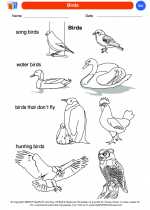
 Coloring Worksheet
Coloring Worksheet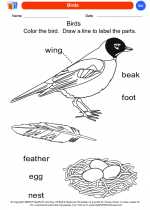
 Coloring Worksheet
Coloring Worksheet
 Coloring Worksheet
Coloring Worksheet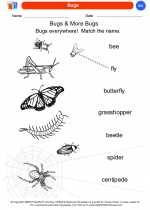
 Coloring Worksheet
Coloring Worksheet
 Coloring Worksheet
Coloring Worksheet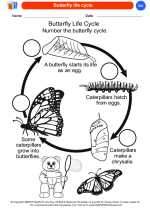
 Coloring Worksheet
Coloring Worksheet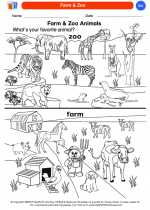
 Coloring Worksheet
Coloring Worksheet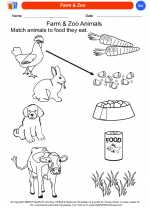
 Coloring Worksheet
Coloring Worksheet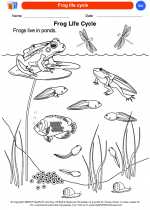
 Coloring Worksheet
Coloring Worksheet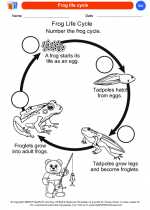
 Coloring Worksheet
Coloring Worksheet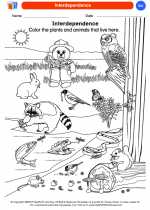
 Coloring Worksheet
Coloring Worksheet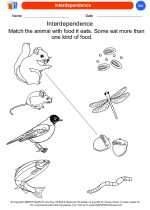
 Coloring Worksheet
Coloring Worksheet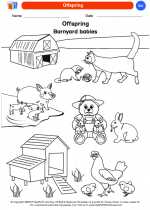
 Coloring Worksheet
Coloring Worksheet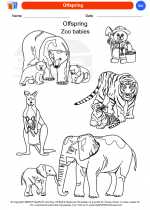
 Coloring Worksheet
Coloring Worksheet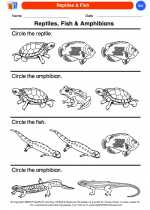
 Coloring Worksheet
Coloring Worksheet
 Coloring Worksheet
Coloring Worksheet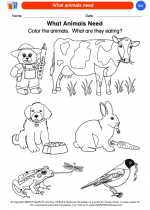
 Coloring Worksheet
Coloring Worksheet